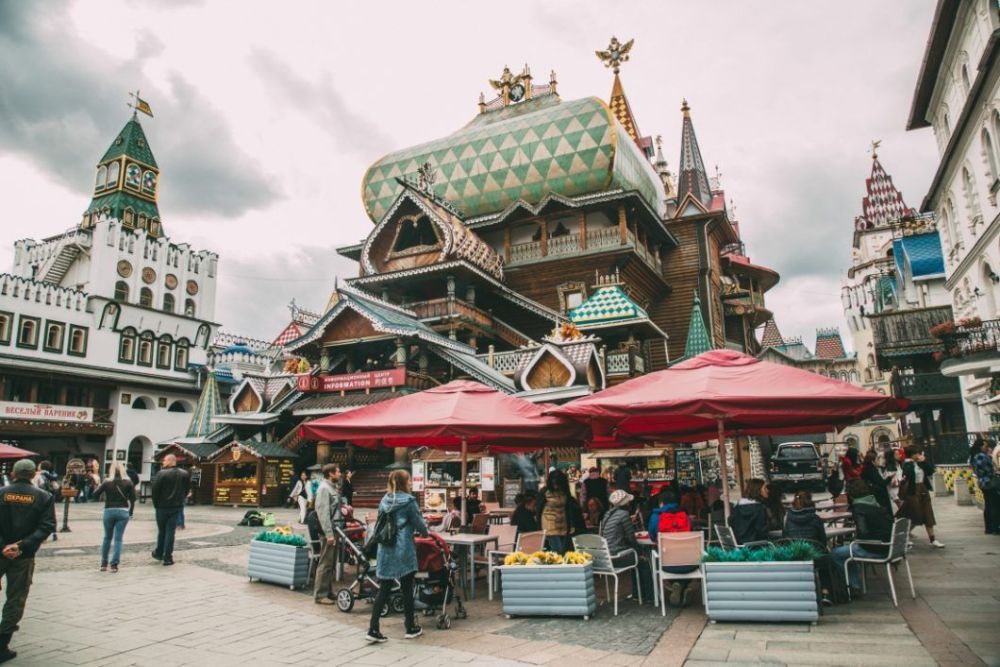

The Izmailovsky Market, also known as Izmailovo Flea Market, is a cultural and historical part of Moscow, celebrated for its rich history and traditional Russian crafts and souvenirs. The market has its origins tied to the Izmailovo estate, which dates back to the 16th century when it was a countryside retreat for the royal family.
The early history of tourism at the Izmailovsky Market can be traced back to the Soviet era when it became popular among foreign tourists who were eager to buy traditional Russian items like Matryoshka dolls, Soviet memorabilia, and other handcrafted goods. However, it wasn't until the fall of the Soviet Union that the market truly transformed into the bustling tourist hub that it is today.
In the 1990s, after the collapse of the Soviet Union, Russia saw a surge in visitors from around the world. To capitalize on this influx, Izmailovsky Market expanded and began to cater more to tourists, offering a wider range of crafts, antiques, art, and souvenirs. This development positioned the market as a must-visit destination for those wishing to experience Russian culture and find unique items to take back home.
Today, Izmailovsky Market has adapted to the evolving trends in tourism. It has become a place where one can not only buy souvenirs but also participate in cultural experiences. Workshops such as Matryoshka painting and traditional crafts have become popular activities, allowing tourists to immerse themselves in Russian traditions.
From a business standpoint, the sellers and organizers have embraced digital marketing and online presence which has increased the visibility of the market. Tourists now often discover the market through social media platforms, travel blogs, and review sites such as TripAdvisor.
Sustainable and responsible tourism has also influenced the activities at the market. Sellers often highlight the authenticity and local sourcing of their products, catering to tourists who are conscious about the ecological and ethical implications of their purchases.
With the current global situation, health and safety standards have been prioritized as well. The market ensures a safe environment for visitors, aligning with the increased demand for secure travel experiences amidst global health concerns.
In conclusion, the Izmailovsky Market in Moscow has grown to be more than a traditional flea market; it has become a reflection of Russia's diverse cultural heritage. As tourism trends continue to evolve, the market remains a vibrant and dynamic destination for tourists seeking a blend of historical charm and modern Russian culture.